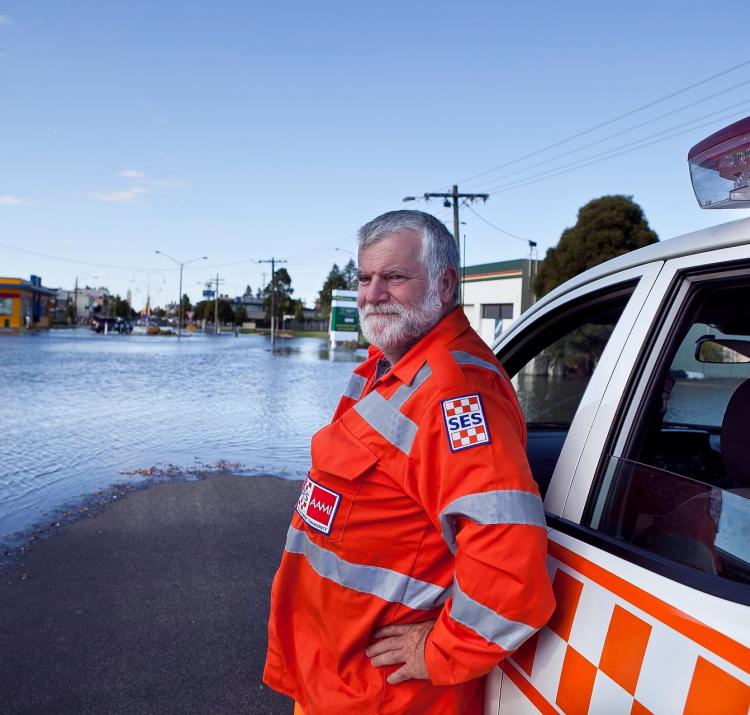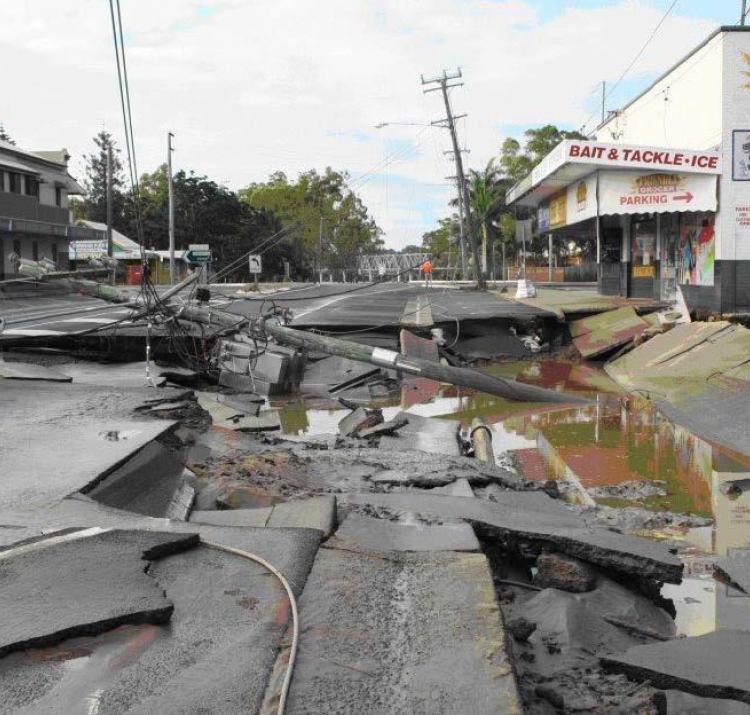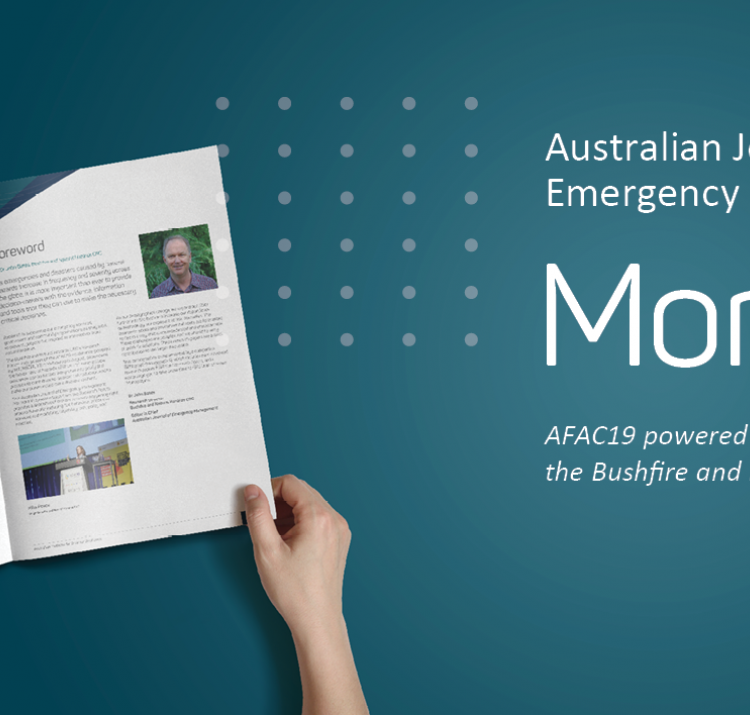Research leader
Research team
End User representatives
Australians are all too familiar with disasters arising from natural hazards, such as bushfires, cyclones, and floods. With climate change, we face the possibility of more frequent and intense natural hazards where they occur as in new and unexpected places.
This project has estimated the impact of four disasters in recent Australian history on income of individuals residing in disaster-hit areas. By defining individuals’ ability to return to their pre-disaster income levels as economic resilience, the research team focused on the following case studies: The 2009 Victorian Black Saturday bushfires, the 2009 Toodyay bushfires, the 2013 Tropical Cyclone Oswald, and the 2010-11 Queensland floods. Through real-life case studies, this research helps illustrate how these events—of different types, localities, and scales—impact and ripple through communities and the broader economy over time.
The research has found that the extent of the economic impact of disasters on individuals’ income depends on the type, intensity, and location of the disaster. This finding departs from most policy assumptions, which tend to put all the disasters into the same basket when designing relief and recovery programs.
An additional clear insight obtained in this research is that ‘economic smallness’ is a point of vulnerability. In particular, low income earners, small-business owners and part-time workers are more likely to lose income following a disaster. Middle and high-income earners, full-time workers and owners of larger businesses are far less likely to lose income; indeed, they might even earn more.
Overall, this research has revealed disaster costs that would not normally be identified by the direct damage estimates. This research has also demonstrated that the burden of lost income due to the disasters is not borne equally. That is, the income gap routinely increased after disasters. This research suggests that policymakers need to better understand the socioeconomics of disasters and formulate public policies to better distribute scarce budgets and resources towards vulnerable socioeconomic groups and employment sectors that are more sensitive to disasters.



















































